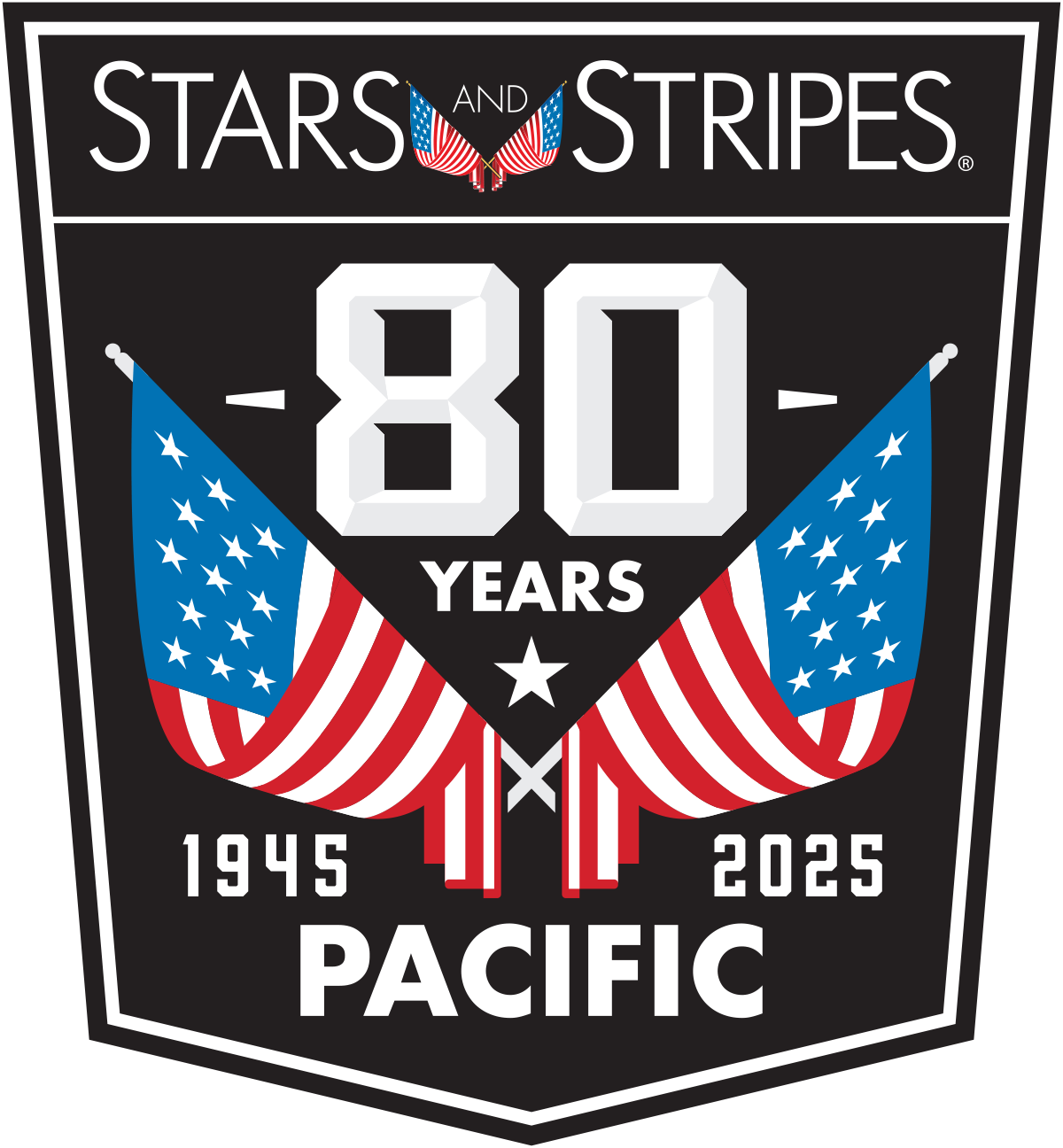Great-grandson of fallen B-29 pilot makes pilgrimage to WWII crash site in Japan

U.S. Army Air Corps 1st Lt. Carl Smith was the pilot of the Filthy Fay II, a B-29 Superfortress shot down in western Tokyo on April 2, 1945.
By Seth Robson and Hana Kusumoto | Stars and Stripes May 29, 2025
OME, Japan — A California man recently climbed a forested mountainside in western Tokyo to honor the memory of his great-grandfather, one of five American airmen killed when their B-29 Superfortress crashed during a World War II bombing raid over Japan.
Tyler Smith, a recreation planner from San Francisco, made the journey Sunday to a stone memorial in Ome, not far from the U.S. Forces Japan headquarters at Yokota Air Base. His great-grandfather, U.S. Army Air Corps 1st Lt. Carl Smith, was the pilot of the Filthy Fay II, which was shot down on April 2, 1945.
“This is such a beautiful place,” Smith said, laying flowers at the site where others had left cans of beer as offerings.
The bomber was returning from a raid on a Nakajima aircraft factory in Tokyo when it was hit by anti-aircraft fire and crashed near what is now Yugi in Ome city. Six of the 11 crew members parachuted to safety; five, including Carl Smith, died in the crash.
The fallen airmen — Smith; 2nd Lt. Cecil Coats; 2nd Lt. Francis McGinty; 2nd Lt. Benjamin Stauber; and Tech Sgt. William McCormack — were initially buried by local villagers at Sokuseiji, a nearby Buddhist temple. Their remains were later returned to the United States and interred at Jefferson Barracks National Cemetery in St. Louis.
The crash site, now covered in Japanese cypress trees, became the focus of an annual memorial ceremony in the late 1990s, after local resident Tetsuya Nomura purchased the land and built a monument to honor the crew. Nomura, who was 6 at the time of the crash, accompanied Smith on Sunday’s hike and said it was the first time a relative of a fallen airman had visited the site.
Nomura believes Carl Smith may have steered the bomber into the mountain to avoid crashing into nearby homes — a theory he shared with the younger Smith during the visit.
The B-29 was part of the 498th Bombardment Group, 73rd Bomb Wing, based on Saipan. Four of the six surviving crew members were captured and returned home after the war. The others died in captivity or shortly after capture, according to Honor States, an online archive of fallen American service members.
One, 2nd Lt. John Houghton, died from injuries after a Japanese doctor reportedly euthanized him; another, Sgt. Kenneth Petterson, was killed in an air raid after his capture, according to the archive.
Tyler Smith, who was touring Japan with stops in Tokyo and Osaka, said visiting the crash site added a personal and emotional dimension to his trip. Though he never knew his great-grandfather, he grew up hearing stories about him from relatives.
Smith said his great-grandfather was a standout athlete and a student at the College of Puget Sound, now the University of Puget Sound, in Tacoma, Wash.
“He lived near Mount Rainier — a mountain as prominent and revered as Mount Fuji,” he told Nomura.



